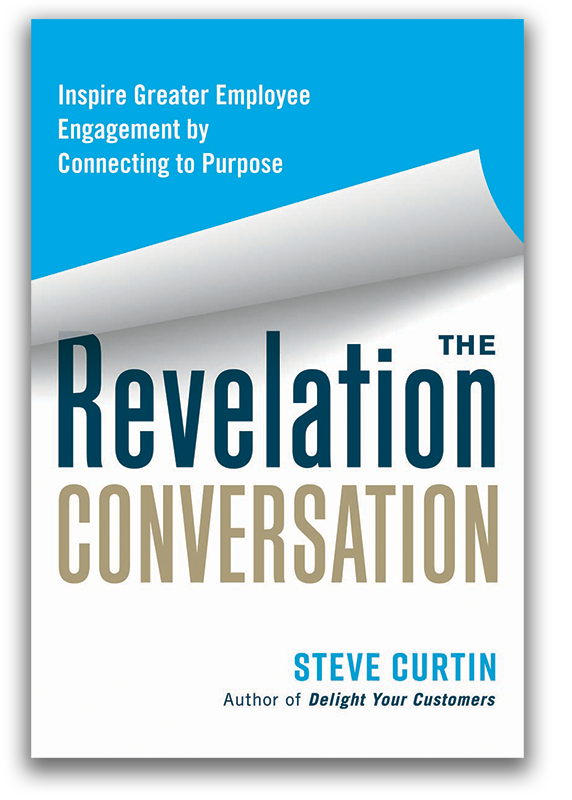 Last Saturday night, my 12-year-old son requested an order of cheese quesadillas for dinner at the Yard House restaurant in Lone Tree, Colorado. (You should know that, at this particular location, cheese quesadillas do not appear on the menu.) What the server did next was not legendary but it was entirely appropriate.
Last Saturday night, my 12-year-old son requested an order of cheese quesadillas for dinner at the Yard House restaurant in Lone Tree, Colorado. (You should know that, at this particular location, cheese quesadillas do not appear on the menu.) What the server did next was not legendary but it was entirely appropriate.
Most customer service blog posts that begin like this one, predictably end with the server delivering service heroics by letting nothing come between the guest and his requested entrée—regardless of whether or not it’s offered on the menu or the required ingredients are on hand in the kitchen.
But on this particular evening, Phil, our server, chose to be completely authentic, saying, “If it were any other night (besides Saturday), I would ask the kitchen (to prepare an order of cheese quesadillas) but I can see all the orders lined up from here and I know they would hate me.”
After hearing his response, my wife, Julie, looked at me to gauge my reaction and was somewhat surprised by my utter acceptance of his reasoning as our son made an alternate selection from the menu.
After Phil left the table with our orders, Julie and I discussed how much we appreciated his candor. After all, the restaurant was bustling: standing room only at the bar and a 45-minute wait to be seated in the dining room. We agreed that it’s okay for service providers—just as we do in our own work—to deny requests that (from their perspective) will be disruptive to the continuity of the operation and, thus, disappoint coworkers or other customers.
By choosing not to accommodate my son’s request for cheese quesadillas, Phil was making a decision in favor of the operation, his coworkers in the kitchen, and other restaurant guests.
Sure, we all love stories of service heroics where employees move heaven and earth to delight customers but, as Anne Morriss points out in her outstanding book, Uncommon Service, when employees are conditioned to deliver service heroics at all costs, “the cape gets heavy.”
Although the word “no” has been banished from customer service literature, the fact remains that “no” is a proactive word and, yes, there is a place for it—even in customer service.
Illustration by Aaron McKissen

